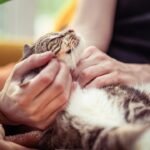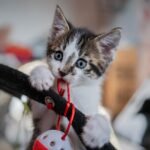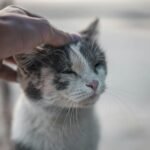Have you ever reached out to cuddle your cat, only to have them nuzzle you lovingly one moment and scamper away the next? This puzzling dance between affection and aloofness has left many cat owners scratching their heads, wondering: do cats feel torn about showing love? The world of feline emotions is far from simple. Behind those mysterious eyes and soft purrs lies a complex mix of instincts, moods, and personalities. Let’s journey into the secret heart of cats and uncover why their displays of love can seem so gloriously, hilariously conflicted.
The Nature of Feline Affection
Cats are famously enigmatic creatures. Unlike dogs, who often wear their hearts on their sleeves, cats tend to be subtler with their emotions. Their gestures of love—like a gentle headbutt or a slow blink—can be so delicate you might miss them if you’re not paying close attention. This subtlety stems from their wild ancestors, who needed to stay alert and cautious to survive. As a result, even the sweetest housecat carries a legacy of independence and mystery, making their affection feel both precious and, at times, perplexing.
Why Affection Can Feel Risky for Cats
For a cat, vulnerability is a double-edged sword. Showing affection often means letting their guard down, exposing their bellies, or sitting close to a human. In the wild, this kind of openness could spell danger. So, many cats experience a push-pull: they crave closeness but are hardwired to stay cautious. This instinctive wariness can make them seem conflicted, as if they’re always weighing whether it’s safe to show love.
Individual Personalities: No Two Cats Are Alike
Just as people have different comfort levels with hugs and handshakes, cats have their own unique boundaries. Some are natural snugglers, practically glued to your side, while others prefer to admire you from a safe distance. Early socialization, genetics, and past experiences all play a role. A cat that was handled gently as a kitten is more likely to seek out affection, while a more timid or poorly socialized cat might hesitate.
The Headbutt: Mixed Messages?
When your cat bumps their head against you, it’s a big deal in the cat world. This action, called “bunting,” is a huge compliment—their way of marking you as part of their safe circle. But sometimes, right after a headbutt, they might dart away or act uninterested. This isn’t because they’ve changed their mind about you; it’s often a sign they’re managing their own comfort levels, balancing their urge to connect with their need to stay in control.
The Mysterious Slow Blink
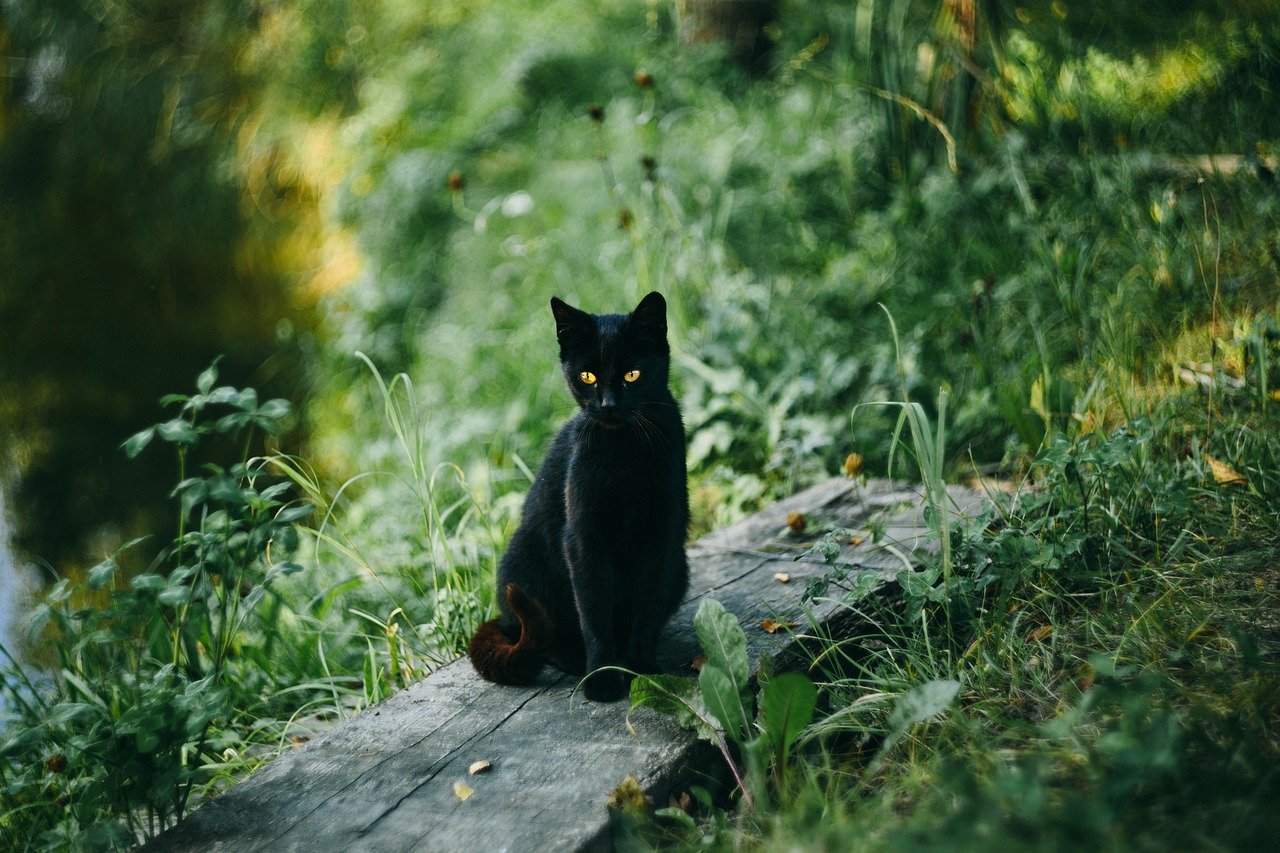
A slow, deliberate blink from your cat is the equivalent of a warm smile. It’s a sign they trust you and feel relaxed. However, some cats will blink, then suddenly shift their gaze or walk away. This quick switch can leave you wondering if you did something wrong. In reality, it’s just a sign of their sensitivity—sometimes even positive feelings can be overwhelming for a cat.
Why Cats Leave During Petting Sessions
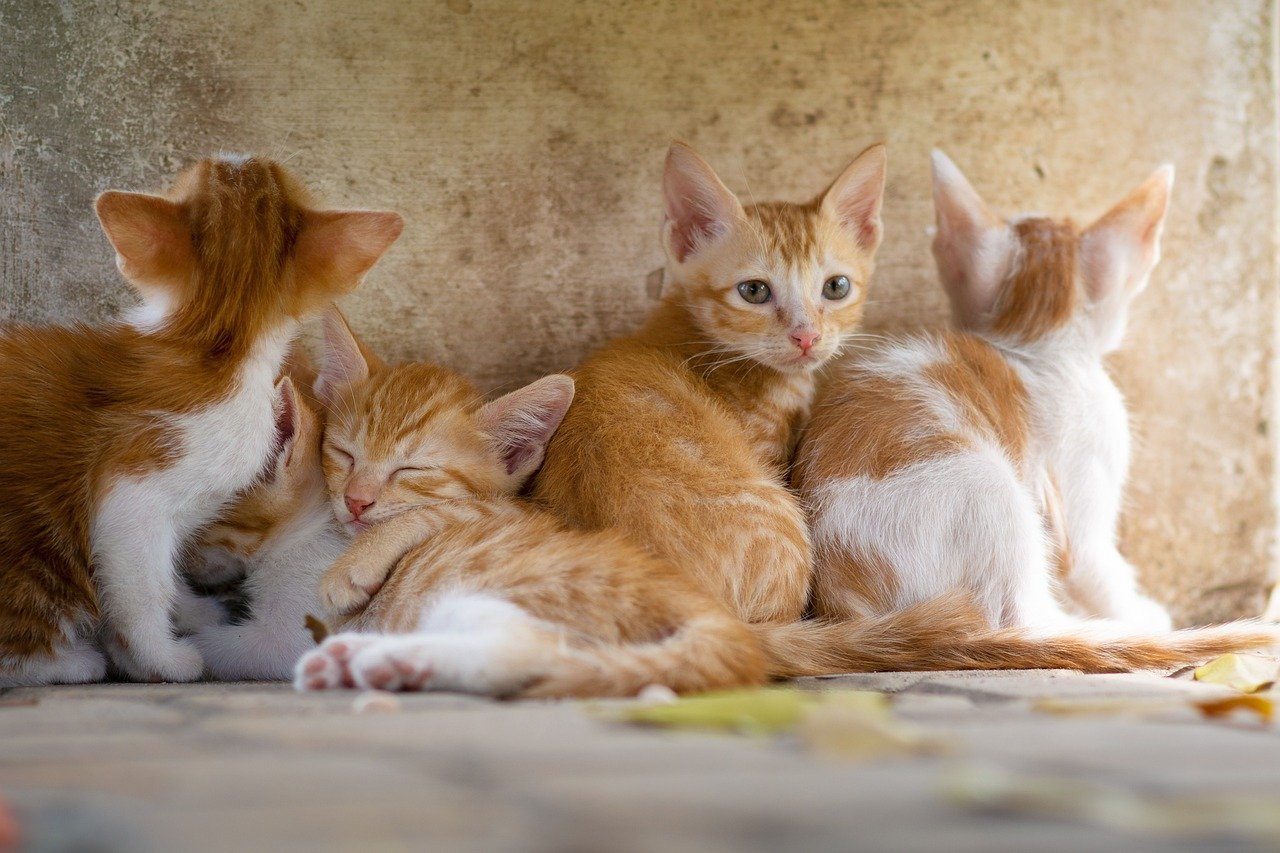
Few things are more confusing than a cat purring blissfully, only to suddenly leap up and stroll away. This abrupt exit isn’t a rejection. Cats have sensitive skin and nerve endings, so even good petting can become too much. They may simply need a break, not because they don’t care, but because their senses are on high alert. Think of it like getting tickled—fun for a bit, but too much can be uncomfortable!
Purring: Contentment or Conflict?
While purring is usually a sign of happiness, it can also be a self-soothing behavior. Sometimes, cats purr to calm themselves down in stressful situations. If your cat purrs while also showing signs of discomfort—twitching tail, flattened ears—they might be feeling mixed emotions. They want your attention but are unsure how much is too much.
Kneading: Love or Anxiety?
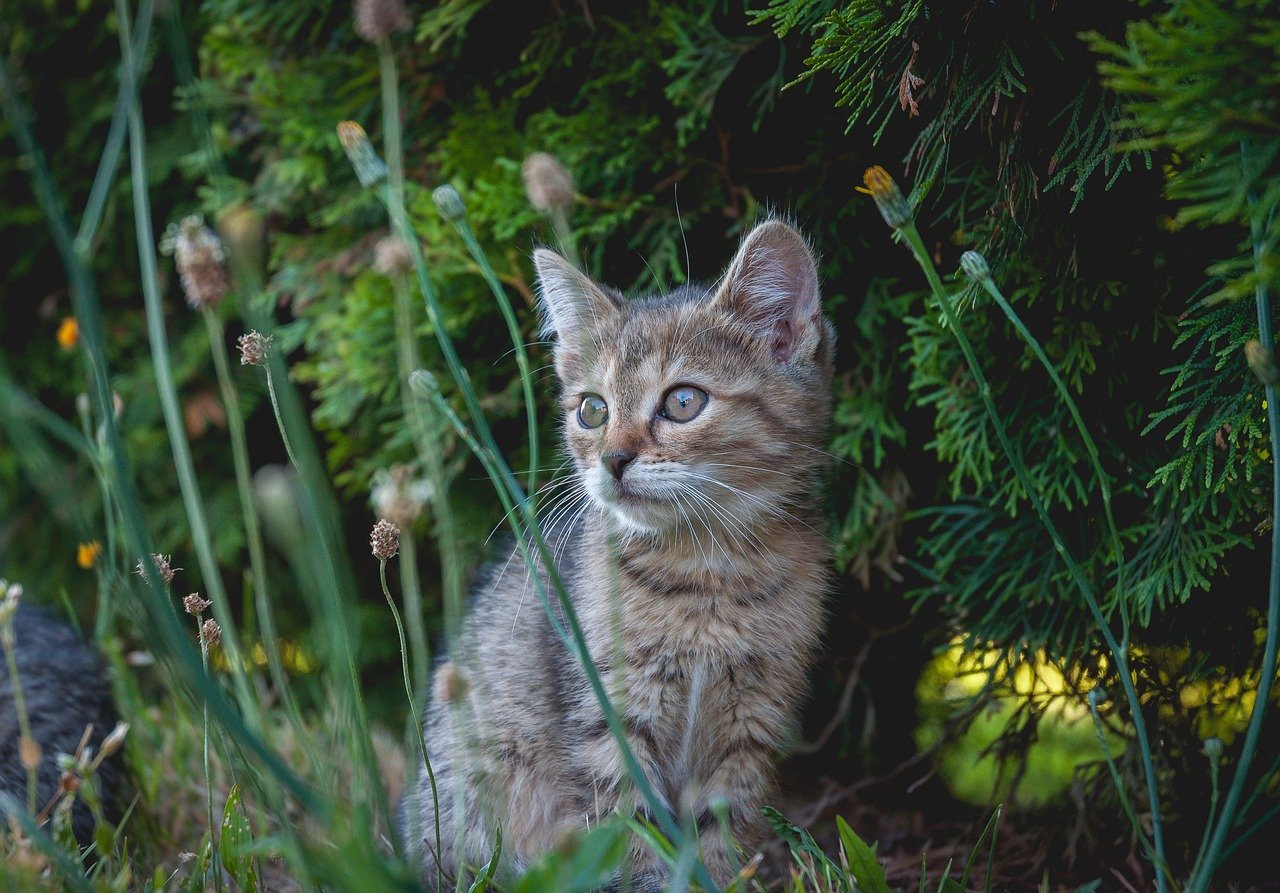
When a cat kneads your lap with their paws, it’s adorable and endearing. This behavior is rooted in kittenhood, when they kneaded their mother’s belly for milk. While it’s mostly a sign of contentment, some cats knead when they’re anxious or conflicted. It’s a way to comfort themselves, especially if they’re not sure how to handle their feelings of affection.
The Tail Tells All
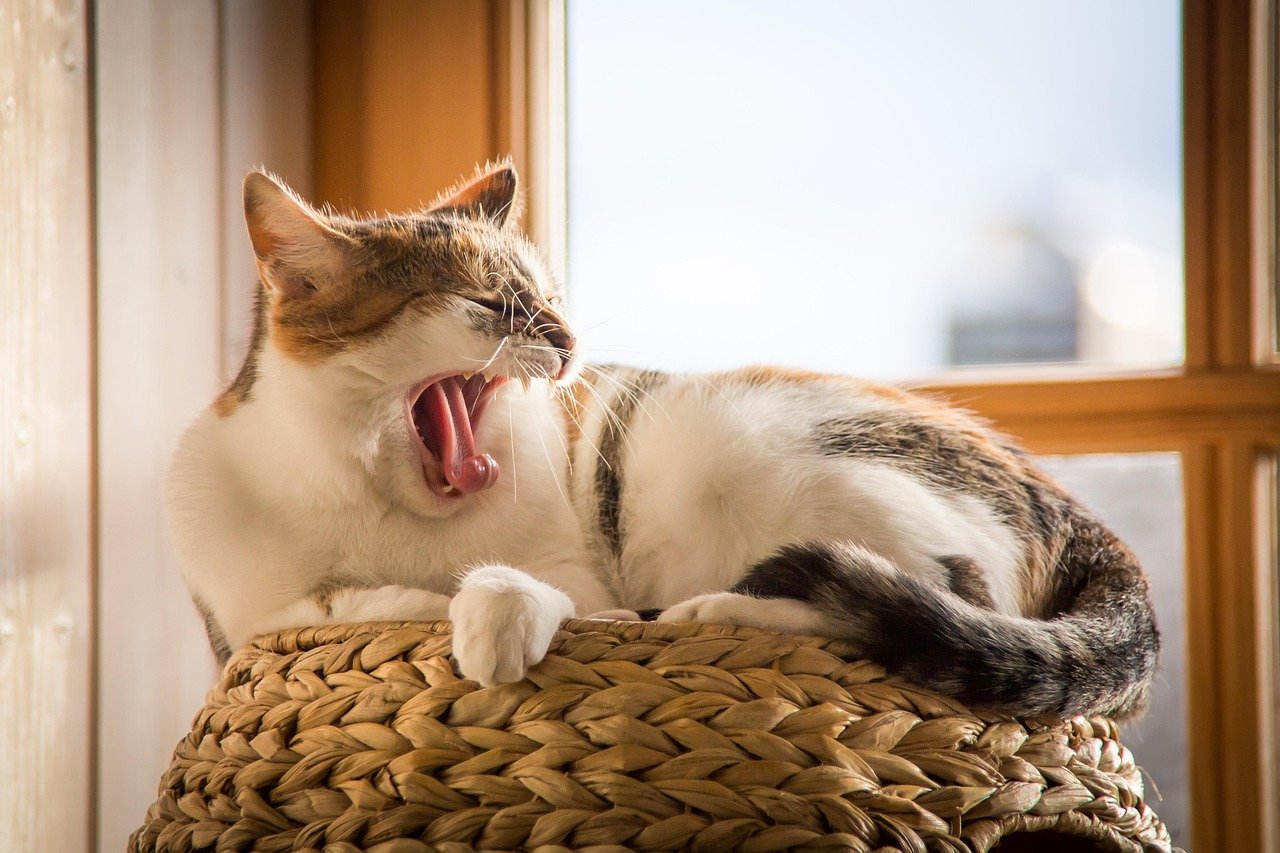
A cat’s tail is a mood barometer. A gently swaying tail usually signals happiness, but a twitchy or lashing tail can mean your cat is feeling overstimulated or unsure. Sometimes, a cat will snuggle up for pets but start flicking their tail—this is your cue that their affection is running up against their need for space.
Vocalizations: Mixed Signals
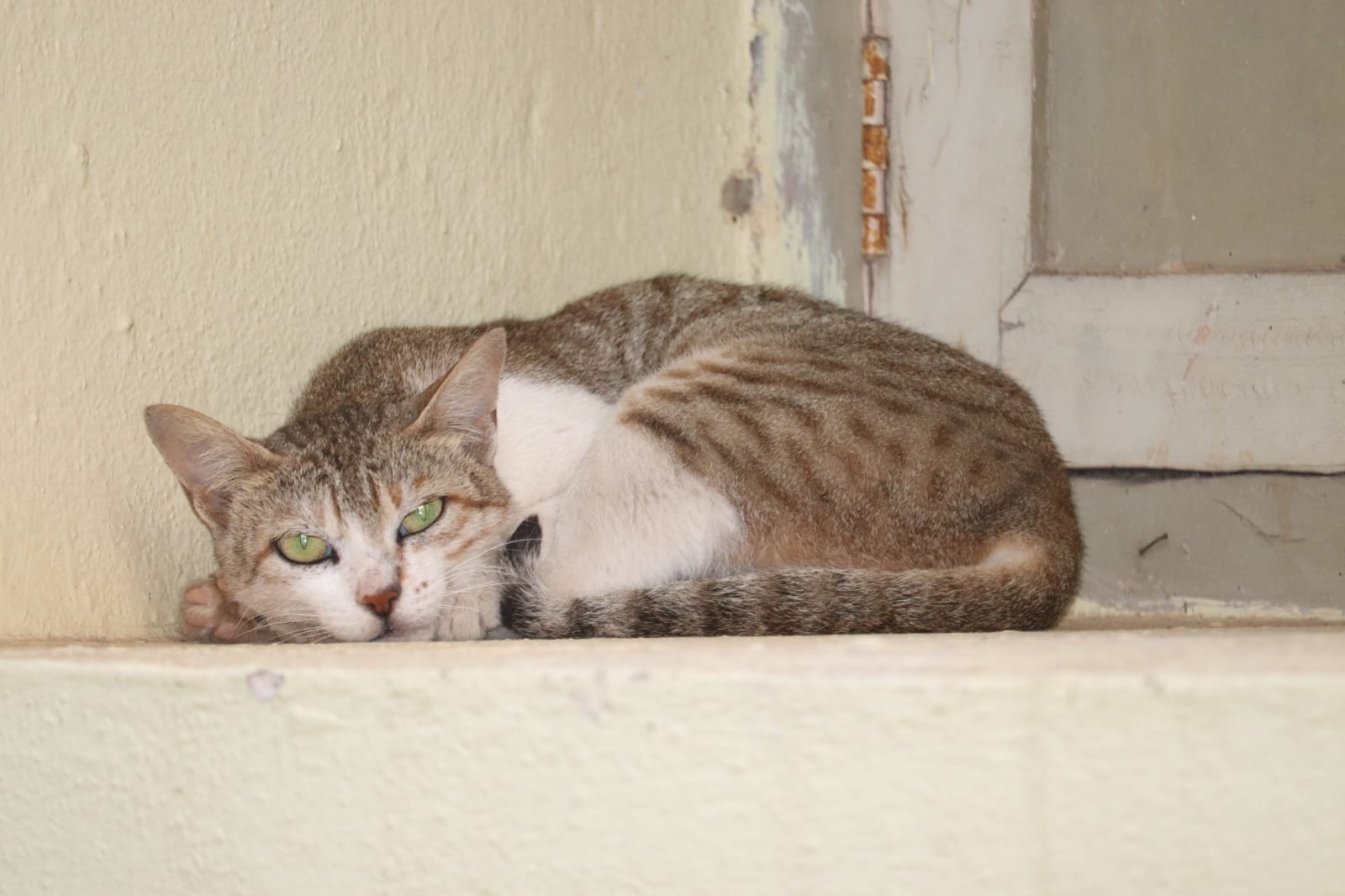
Cats use their voices to communicate all kinds of emotions. A soft trill or meow can be an invitation for attention, but if your cat suddenly hisses or growls during a cuddle, it’s likely a sign they’re feeling conflicted. They want to be close, but something has made them uneasy. Paying attention to these sounds can help you respect their boundaries.
Proximity: The Silent Declaration
Sometimes the most telling sign of affection is where your cat chooses to be. If they follow you from room to room or nap nearby, it’s a clear sign they cherish your company. Even if they don’t always want to be touched, their presence is a silent vote of confidence—though they might still dart away if approached too quickly, showing their internal tug-of-war.
Overstimulation: The Hidden Challenge
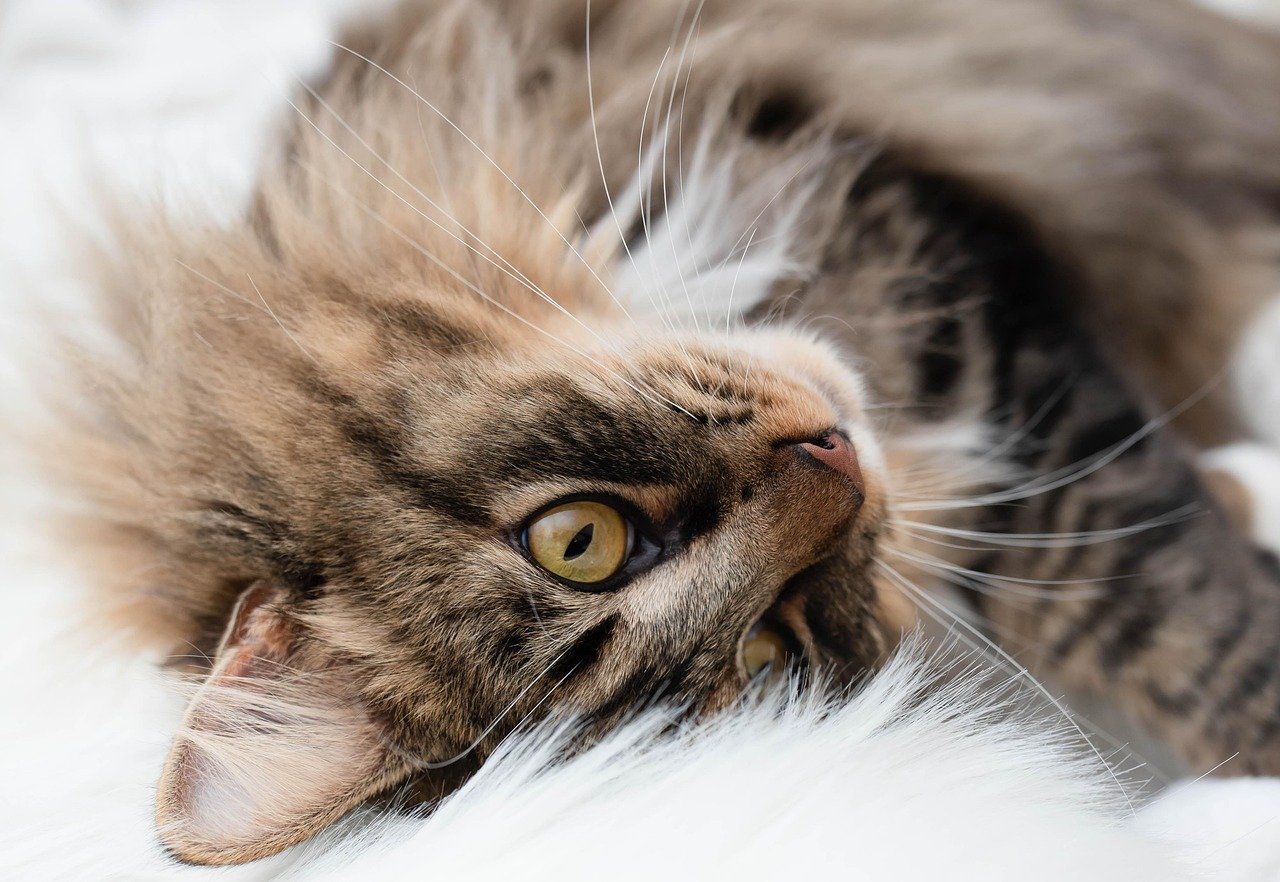
Cats can quickly go from enjoying affection to feeling overstimulated, especially during prolonged petting. Their skin is highly sensitive, and repeated strokes can shift from pleasant to overwhelming. This is why a cat might suddenly bite or swat after a few minutes of petting, even if they seemed content moments before. They’re not being “moody”—they’re responding to their own sensory limits.
Playful Biting: Affection or Annoyance?
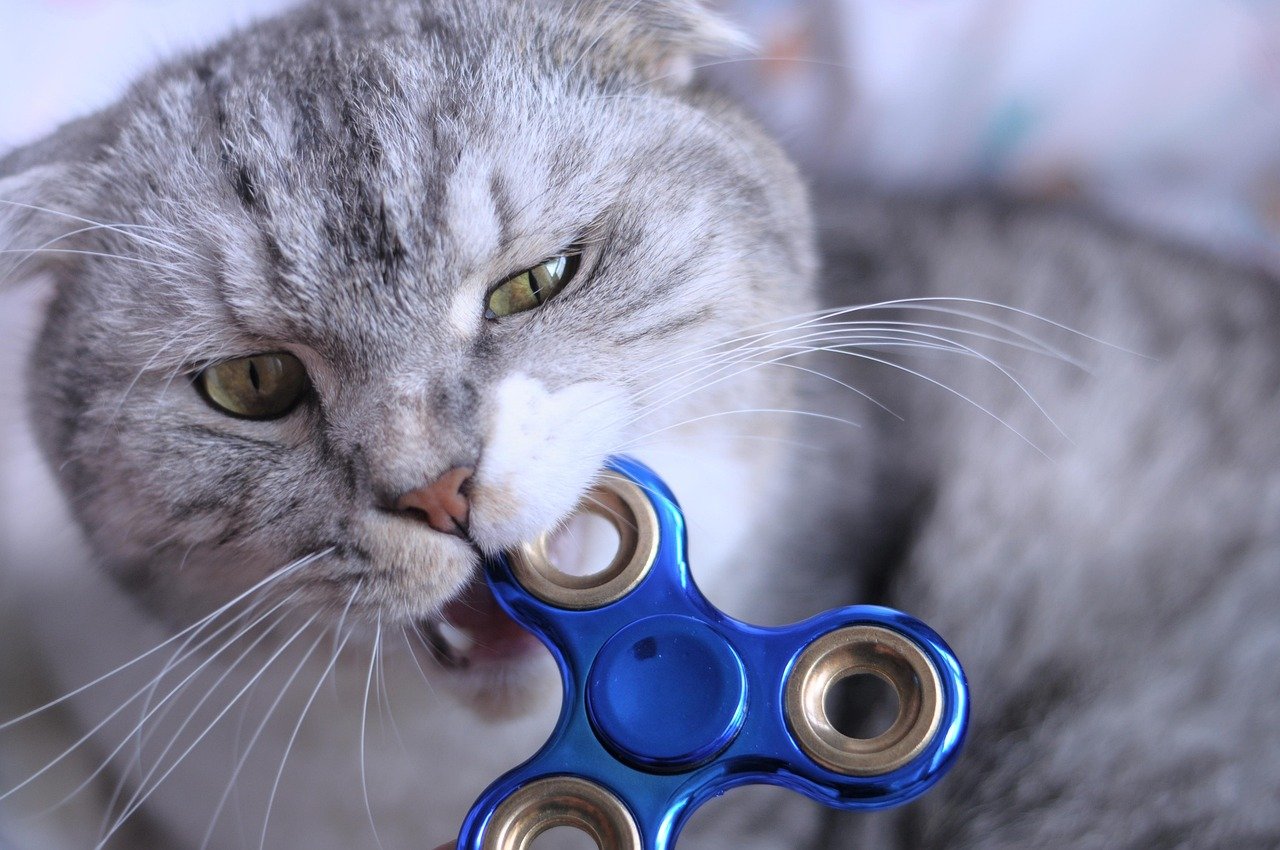
Sometimes, a cat will nibble or softly bite during an affectionate moment. While it can be startling, this behavior is often a blend of play, affection, and boundary-setting. A gentle love bite isn’t meant to hurt; it’s their way of saying, “I love you, but that’s enough for now.” They’re communicating their internal struggle between enjoying closeness and needing space.
Grooming: The Ultimate Compliment
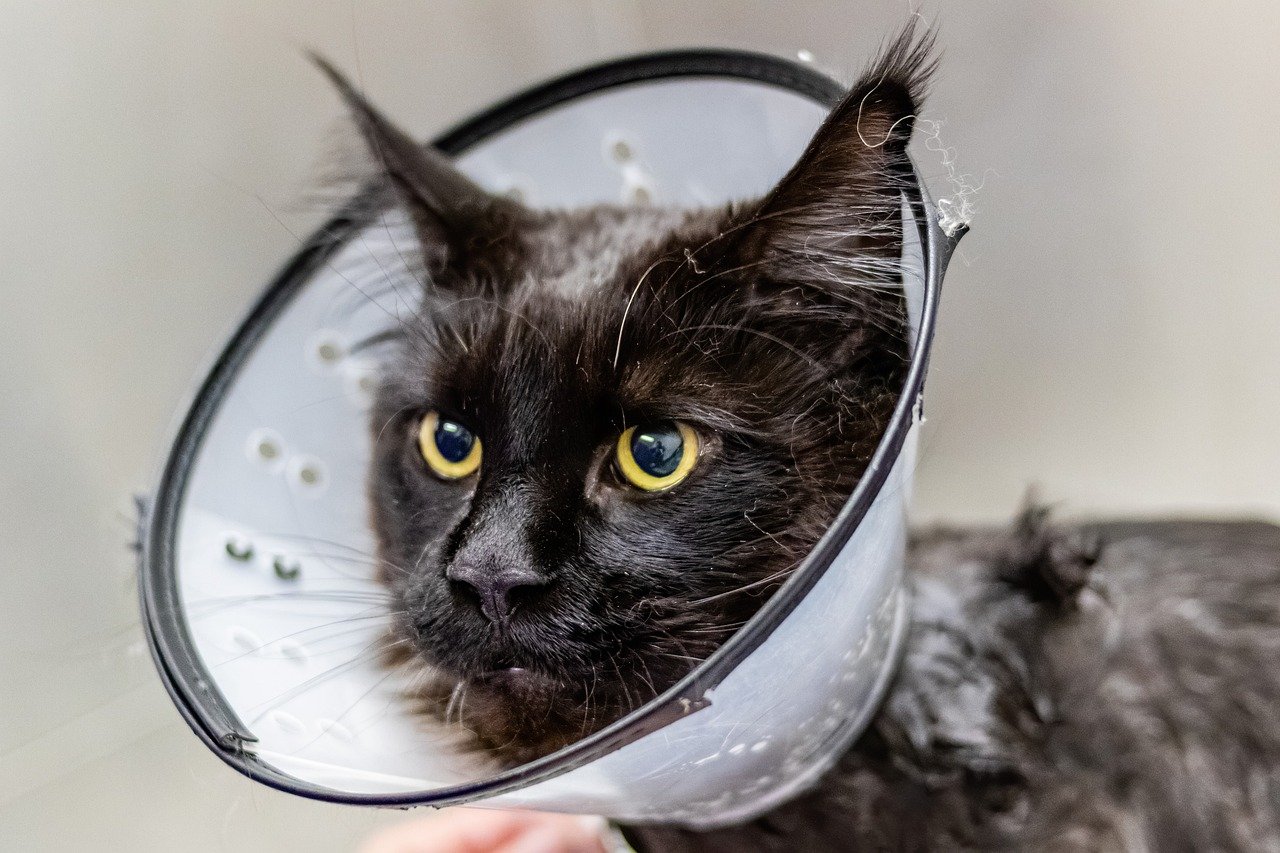
If your cat licks your hand or face, consider yourself honored. Grooming is a deeply affectionate gesture, reserved for those they trust. However, some cats will abruptly stop grooming you and act aloof. This quick switch often reflects their need to reassert independence, even in the middle of a loving moment.
Sleeping Near You: Trust with Reservations
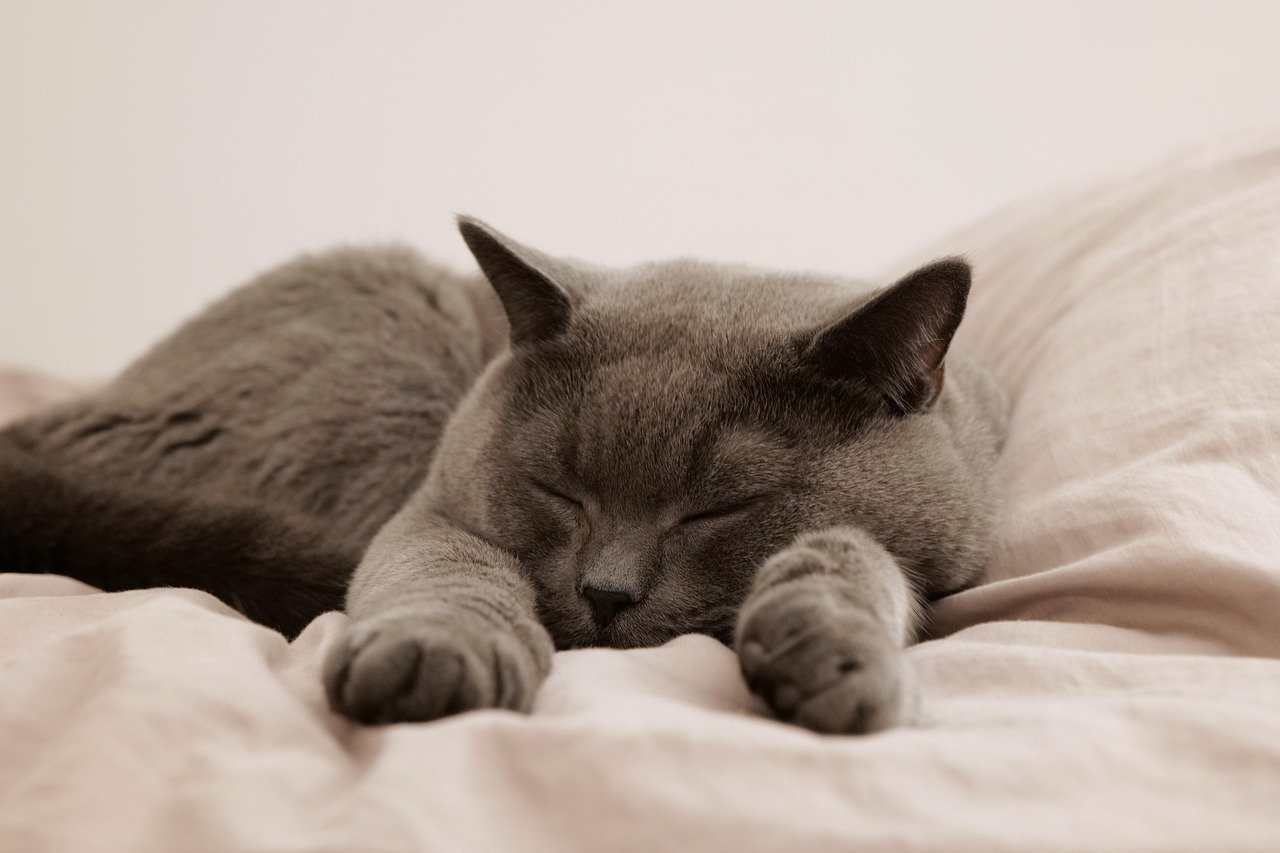
A cat that sleeps on or near you is showing tremendous trust. Sleep is when cats are most vulnerable, so choosing your lap or bed as a resting place is a real compliment. Still, many cats will shift positions or move away if you stir too much, a subtle reminder that their comfort zone is always in flux, even during moments of deep trust.
Bringing “Gifts”: Love Tokens or Uncertainty?
Cats sometimes present their owners with “gifts”—from toys to the occasional (unwelcome) critter. This behavior is a sign of affection, a way of sharing their success or providing for you. Yet, after the grand presentation, many cats act distant or even hide, as if unsure of your reaction. This back-and-forth stems from their instinct to both nurture and protect themselves.
Rubbing Against Objects: Marking Territory and Friendship
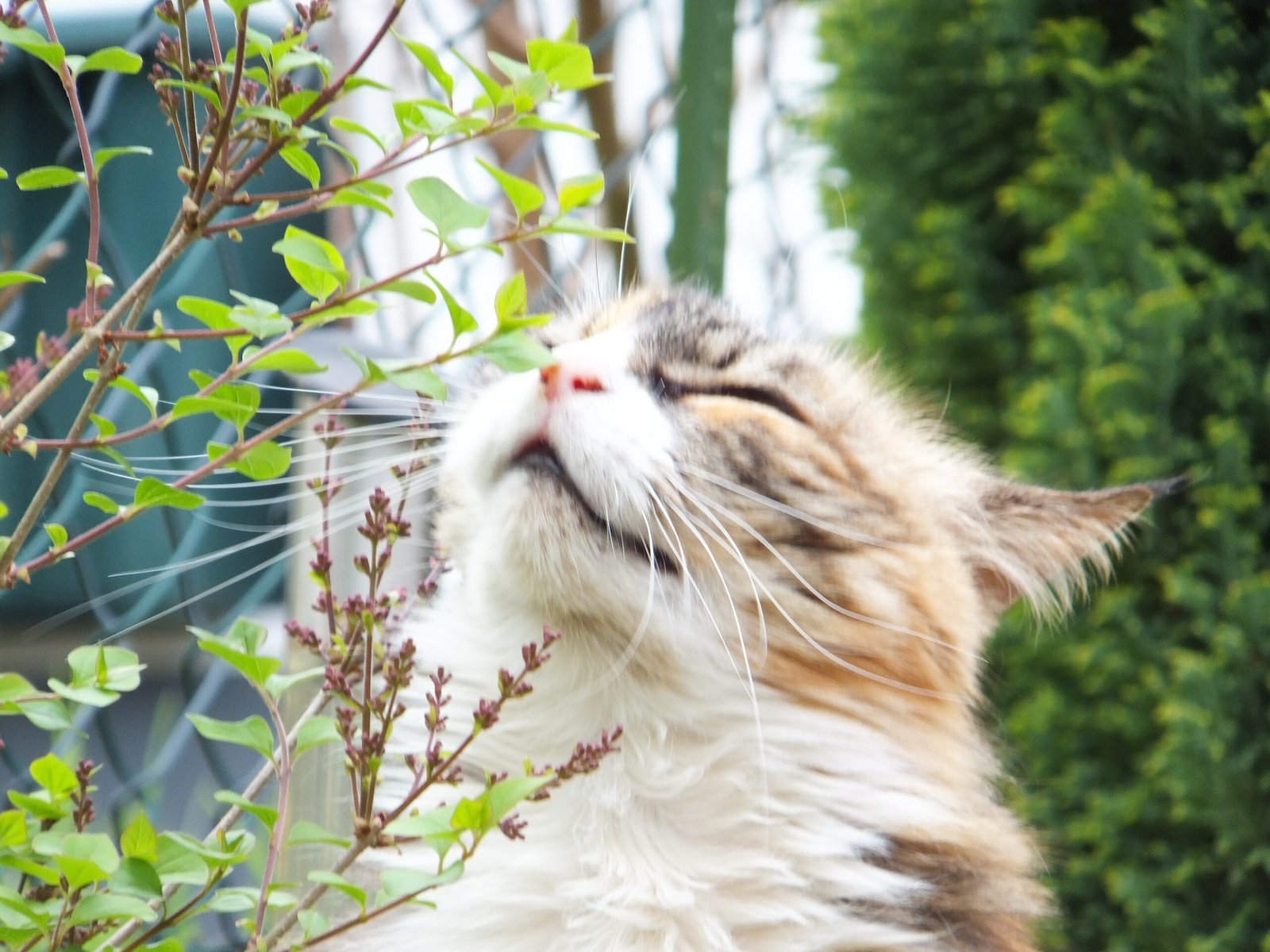
When a cat rubs their face or body against furniture—or you—they’re marking their territory with scent glands. This is both a sign of affection and a way to claim you as “theirs.” However, some cats will alternate between rubbing affectionately and suddenly acting distant, revealing their inner conflict between closeness and autonomy.
Responding to Your Emotions: Empathy or Self-Preservation?
Many cat owners swear their pets sense when they’re sad or stressed, curling up nearby in silent support. While cats can pick up on human emotions, their responses are shaped by their own emotional boundaries. A cat might comfort you one moment, then retreat the next, as if they’re managing their own feelings alongside yours.
Changes in Routine: Affection in Flux
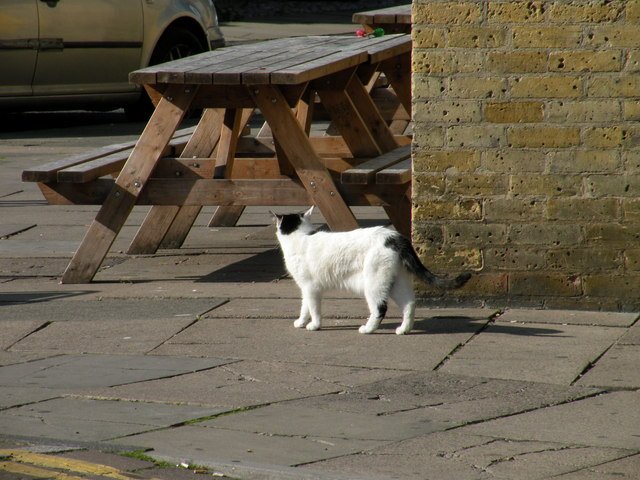
Cats are creatures of habit, and changes in their environment—like a new pet, house, or schedule—can stir up conflicting feelings. During these times, you might notice your cat becoming more clingy or, conversely, more distant. Their affection ebbs and flows as they navigate their own comfort in a changing world, revealing just how nuanced their love can be.
Cats and Their Owners: The Unique Bond
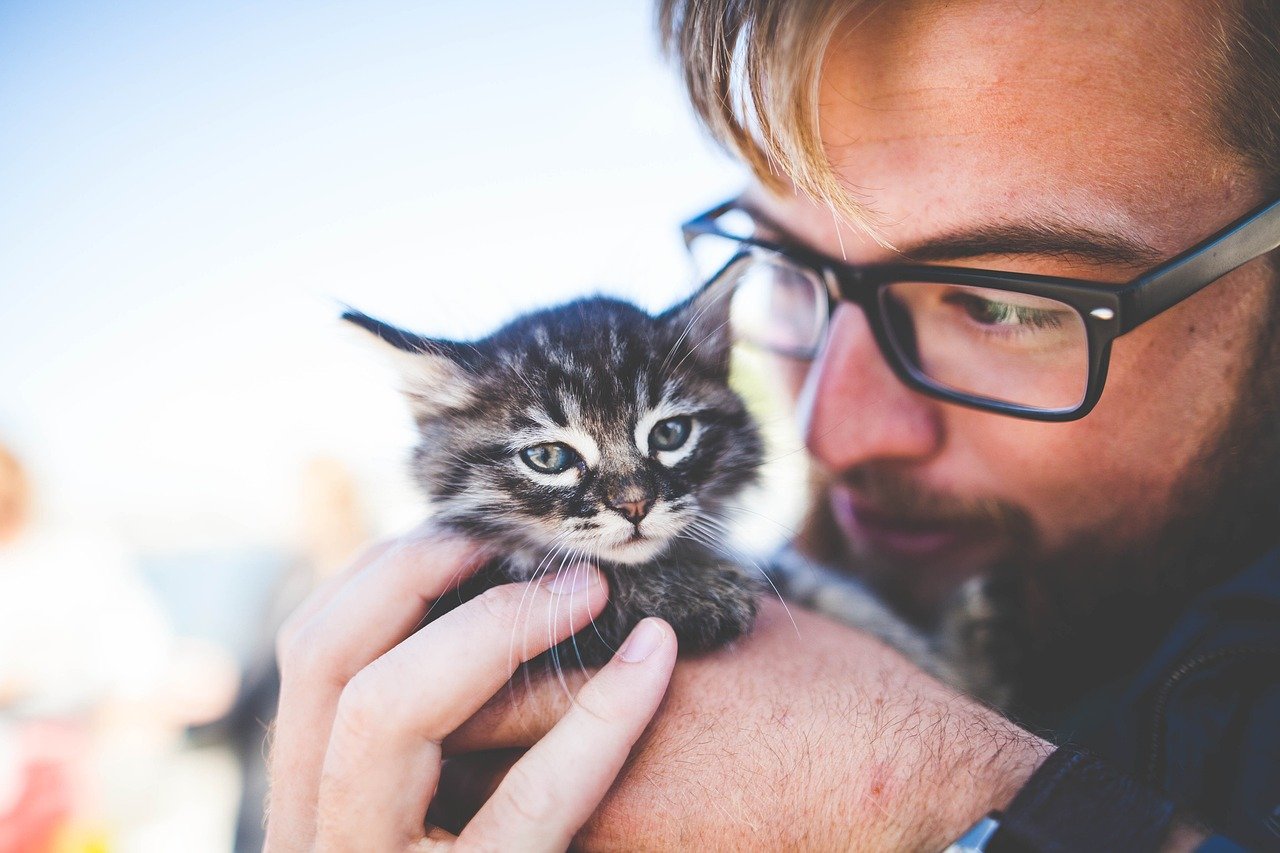
The relationship between a cat and their human is a one-of-a-kind connection, shaped by mutual respect, patience, and understanding. Cats might feel conflicted about how much affection to show, but that doesn’t mean their feelings are any less real. Their unique way of loving—tender one moment, reserved the next—is part of what makes them so endlessly fascinating and loveable.
Learning Your Cat’s Language
Understanding a cat’s affection is like learning a new language—one filled with subtle gestures, mixed messages, and heartfelt surprises. By tuning in to their cues and respecting their boundaries, you can build a deep, trusting bond. Every blink, purr, and gentle nudge is a piece of the puzzle, revealing the beautiful complexity of a cat’s heart.
Hi, I’m Bola, a passionate writer and creative strategist with a knack for crafting compelling content that educates, inspires, and connects. Over the years, I’ve honed my skills across various writing fields, including content creation, copywriting, online course development, and video scriptwriting.
When I’m not at my desk, you’ll find me exploring new ideas, reading books, or brainstorming creative ways to solve challenges. I believe that words have the power to transform, and I’m here to help you leverage that power for success.
Thanks for stopping by, Keep coming to this website to checkout new articles form me. You’d always love it!


